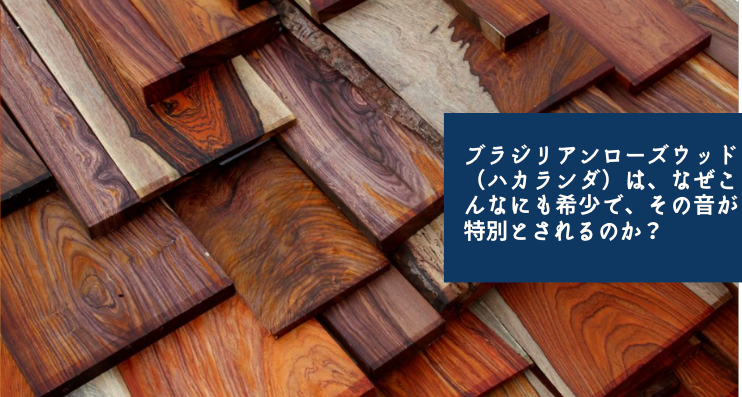
Reasons for the popularity of Japanese vintage guitars
Generally speaking, Japanese vintage guitars refer to guitars manufactured in Japan in the 1970s and 1980s, but in recent years these domestically produced guitars have become extremely popular overseas. In this article, I would like to explore in my own words the reasons for the popularity of Japanese vintage guitars overseas and their characteristics.
Let me introduce some of the Japanese manufacturers that are popular overseas.
- YAMAHA
- TOKAI
- Greco
- ARIA (F:Aria Pro II)
- Ibanez
- Fernandes
- Morris
Such
It's a famous musical instrument manufacturer in Japan, isn't it?
Built by Japanese craftsmen reliability
First of all, one of the reasons for the popularity of Japanese vintage guitars is their high quality.
Japan was a time when many craftsmen with precise skills were produced in the 1970s and 1980s. There is a famous story in the movie "Back to the Future Part III" where the main characters Marty and Doc talk to each other. Doc, who lives in 1955, sees a broken part and says, "It's bound to break, I'll take a look and it says 'MADE IN JAPAN'." Marty, who comes from the future in 1985, says, "Made in Japan is the highest quality!" and Doc is surprised and says, "I can't believe it..."
Before the 1960s, the image overseas of "MADE IN JAPAN = cheap and poor quality" changed from the 1970s to "MADE IN JAPAN = reliable, high quality."
Japanese musical instrument manufacturers in the 1970s and 1980s made guitars that were uncompromising in their choice of materials and processing techniques, and are still regarded as being excellent around the world. Models made during this time, such as Tokai's "LS Series" and "ST Series," Greco's "EG (EGF) Series" and "SA Series," and Fender Japan's "JV Serial Period," were positioned as "high quality, low price" when they were released, but are now sold at very high prices overseas.
In particular, TOKAI's Les Paul type "LS200" is sold overseas for nearly 1 million yen.
However, because Japan began to mass-produce high-quality, ingenious copies of overseas models, they were often sued by famous overseas manufacturers, and production was eventually halted or sales overseas were restricted, causing a decline in the industry.
It could be said that it is precisely because of the shrinkage that the rarity value has been added to the product beyond its quality, causing the price to soar.
In fact, we have had customers from overseas purchase Japanese-made guitars from the 1980s at our store. The prices are set for Japanese customers, so even if they pay the shipping costs, it is still a good deal for them.
"Bizarre guitar" with a unique Japanese design
In Japan, they are treated as "oddities" and traded at relatively affordable prices, but overseas they are valued for their uniqueness and, depending on the item, some are traded for up to five times the price in Japan.
Bizarre guitars are so popular that there are collectors all over the world who only collect them. It's a sound that has a personal appeal to it!
And as is typical of bizarre guitars, there are a lot of switches that make you go "What is this switch for?" and it's fun just fiddling around with them (laughs).
If you're wondering what a bizarre guitar is, it's fun to search for it as there are many different shapes!
So, this time I have shared my own interpretation of Japanese vintage guitars overseas.
Vintage instruments are not increasing in number, so I think they will continue to become more and more rare and expensive. There are people who don't play instruments but buy them as assets, but I personally think that they should be played because they are instruments.
I believe that a guitar that is used for a long time and cherished is worth more than its price, so I hope that you will continue to cherish it.


